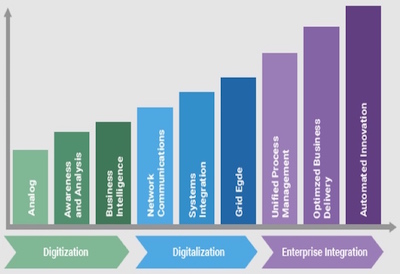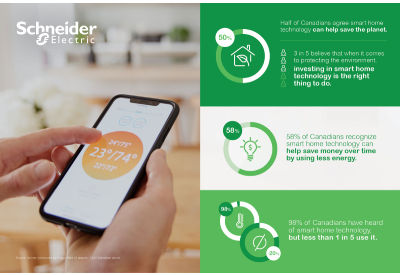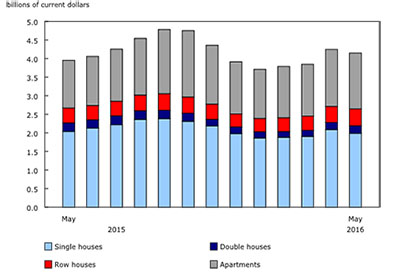Building the 21st Century Digital Grid

Apr 1, 2019
This article summarizes a report prepared by Zpryme and sponsored by ABB. Zpryme is a research, media, and events agency with a focus on energy. Based on the creative direction of ITS associates, Zpryme produces research, Energy Thought Summit (ETS), and premium branding experiences that challenge the status quo.
After a decade of investing in grid modernization, utilities are more efficient, innovative, sustainable, and customer focused than at any time in their history. Modernization through the deployment of sensors and smart grid technology has laid the foundation for a digital transformation of the power industry. This digital conversion is creating a new business model for utilities, allowing them to become flexible service operators capable of managing an increasingly complex grid. However, to secure long-term financial success, additional investment in communication networks, grid automation, IoT devices, distributed energy integration, and artificial intelligence (AI) is needed to fully optimize the increasingly “intelligent” grid.
A digital utility will be transformed from a 20th century analog business to an enterprise that can communicate, monitor, compute, and control grid and customer operations with real-time intelligence and situational awareness. This computer-based modernization will allow for automation to enhance grid control and stability that improves decision-making, safety, security, sustainability, and reliability. A digital utility will be customer-centric, resilient, automated, and hyperconnected with collaboration between AI and human processes. Digital utilities will tackle the business challenges of aging infrastructure, a regulatory system in flux, distributed energy resources, and the convergence of information technology and operations technology (IT/OT).
How should the industry track the progress utilities have made toward digital transformation? What are the steps utilities should take to modernize? This report explores the stages involved in becoming a digital utility and the progress the industry is making toward building the digital grid. Understanding how the broad spectrum of digital technologies will impact utility business applications (business strategy, grid operations, IT and communications, and customer service) and transform the grid is essential for the industry’s long-term viability.
The report presents a digital maturity curve and evaluates how prepared the industry is to move up this curve. The digital maturity curve is a vision and framework for how utilities can effectively modernize to meet regulatory and business challenges. There are three major stages on the path to becoming a digital utility:
• digitization
• digitalization
• enterprise integration
Each of these stages has three steps that help utilities define and understand the technology, systems, people, and processes that can be deployed to effectively modernize.
This paper delineates the criteria found at each step and the stage as a whole. Furthermore, survey data presented in the report shows the progress the industry is currently making toward modernization.
The digital maturity curve will help power industry professionals create a common vision for progress on the journey. An individual utility can use the curve to self-assess what priorities it wants to focus on to achieve the right level of maturity to meet business objectives, regulatory requirements, and customer expectations.
Key findings
• 91% of respondents report that embracing digital technology is crucial to the future success of their utilities.
• Only 23% of utilities have reached a level of digital maturity where they are making capital expenditure decisions based on predictive analytics.
• In the next 3 years, 76% of utilities expect to be able to align digital strategy with regulatory policy and fill key digital roles in their enterprise.
Recommendations
1. Hire digitally minded people and create a digital team that can help train existing staff and build a culture of innovation.
2. Develop a coordinated strategic road map that is centered on how moving up the digital maturity curve will lead to improved decision-making processes.
3. Use digitization and digitalization to take a portfolio-based approach to solving business challenges. This will allow a utility to invest in one or more use cases with the potential for strong ROI over a shorter period of time, and one or two use cases that are more strategic and require a longer time frame to see a return.
4. Address the data requirements up front internally and with key strategic partners.
5. Develop a communication plan that emphasizes the importance of digital transformation to employees, customers, policymakers, vendor partners, and regulators.










![Guide to the Canadian Electrical Code, Part 1[i], 26th Edition – A Road Map: Section 10 – Grounding and Bonding](https://electricalindustry.ca/wp-content/uploads/2022/11/Guide-CE-Code-2.png)





